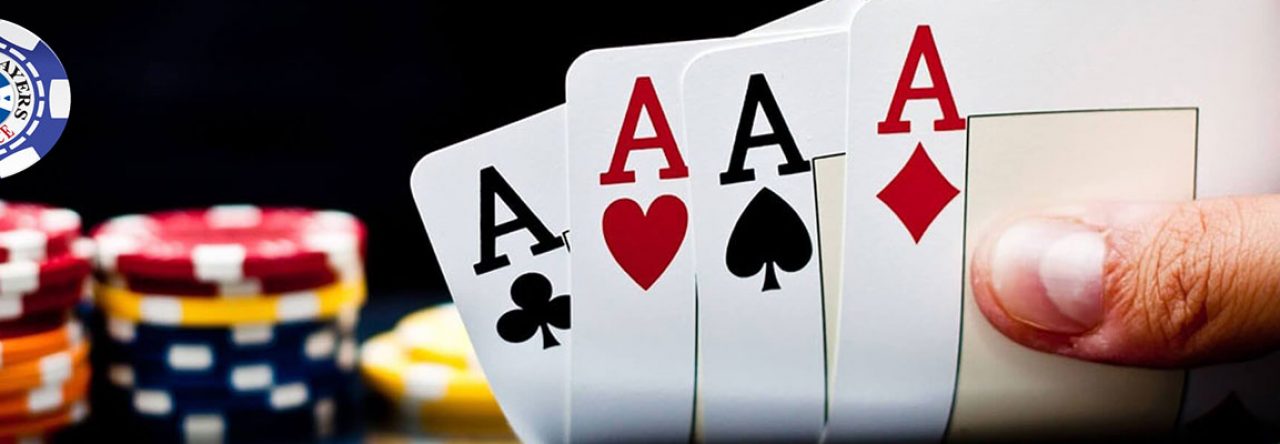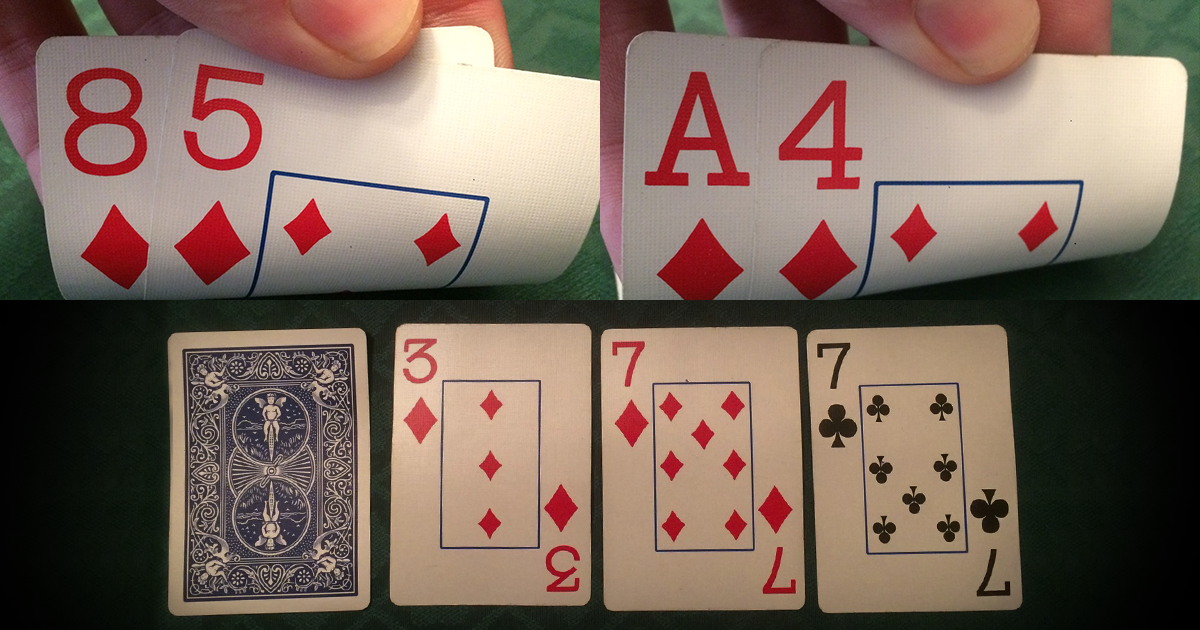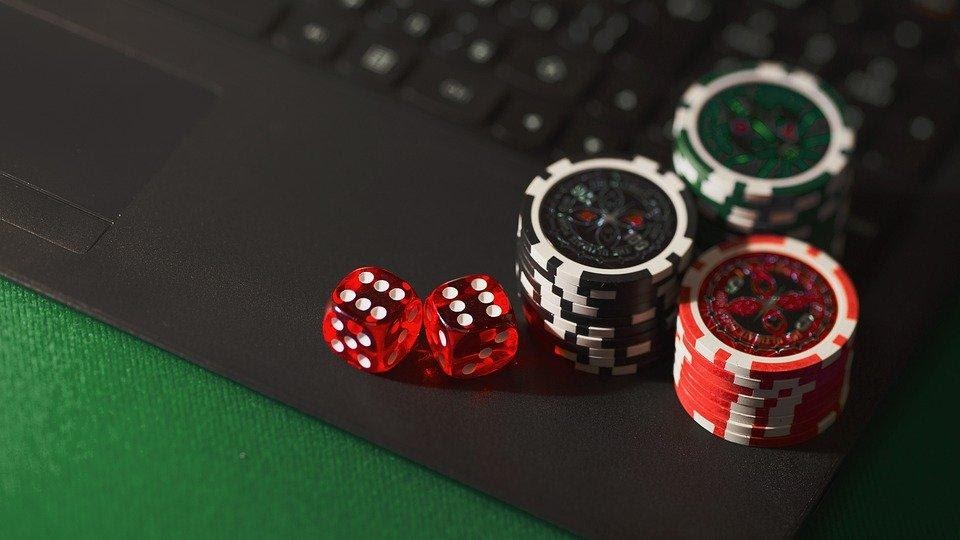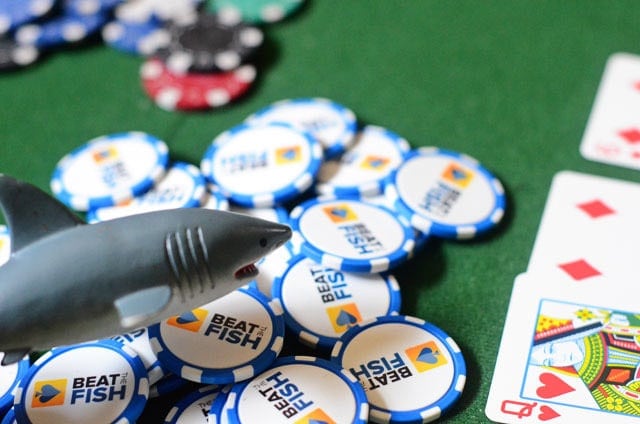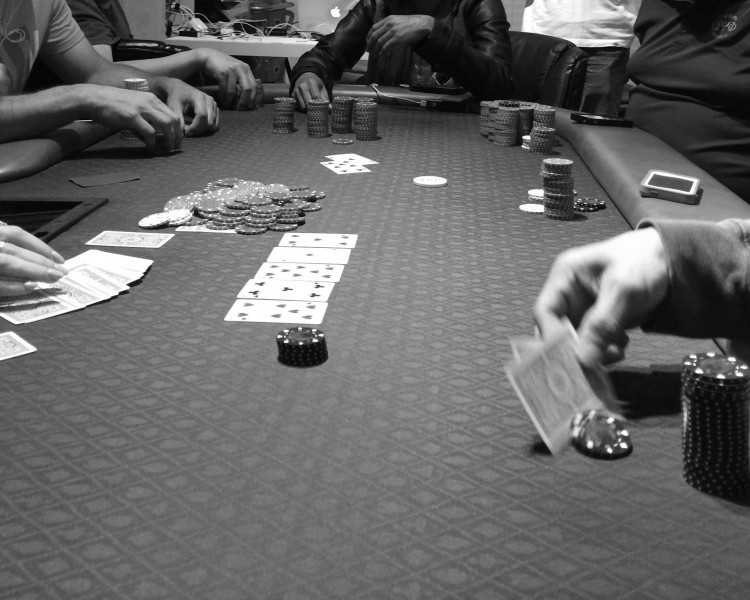In discussing proper strategy to maximize profits in no-limit Texas Hold’em, there are a wide assortment of topics that can be discussed, such as bet sizing, playing position, pot odds, effective styles of play, and so on. The list is seemingly endless. In this article we will touch on some of those topics and others, but the main strategic point we will focus on is being successful by playing a solid game and minimizing mistakes so that you are ready to play at some of the best online poker tournaments and compete for the best rewards.

Key Concepts
There are several key mistakes that will take a chunk out of your bankroll if you don’t learn and get in the habit of not doing them. Primary among these is starting hand selection. Players who continue to avoid this most basic tenet of the game of poker often find themselves as losing players. It is difficult to wait patiently for those premium starting hands of high pocket pairs such as A-A and K-K or big slick while it appears that those cards may never come. Believe me, I know. But it is extremely crucial to the long run success of your bankroll and profitably.
This is not to say that lesser hands such as pocket 8′s should not be played. They often should. However, when lacking a premium starting hand and looking at a mid-level pair such as 8′s in your hand, your position at the table will often dictate how that pair should be played. For instance, in early position with 8-8 at a table with several loose players, it would be most advisable to merely call the bet to get a look at what players acting behind you may do. If you happen to raise those 8′s from early position hoping to eliminate other players from the hand, but run into a re-raise or even a 3-bet, you’re looking at spending a good deal of money to call the bet and see the flop. However, with one or two raisers behind you, you’re also likely looking at a hand that has only 2 outs to be a winner.
On the other hand, in late position with no raisers in front of you, those 8′s should be played entirely different. In that situation, it would be correct to raise 3 or 4 times the big blind, attempting to knock out the big and small blinds or any players hoping to limp in and see the flop. So a lot of no-limit hold’em strategy is dependent upon your position at the table. Keeping this in mind will certainly make you a better player.
Another crucial mistake often made by players is to continue putting money into the pot when they are behind in the hand and not having the correct odds to continue drawing. This is a very costly mistake that will erode your bankroll and make you a losing player over the long haul. It is imperative to know the number of outs you have in a drawing situation and correlate that with the size of the pot and the bet in front of you to give you an idea of your likelihood of winning the hand and being profitable. Of course, it’s fun to chase those straights and flushes after the flop. But if the probability of catching one of your outs after the flop or turn is a small percentage or likelihood of happening in relation to the size of the bet needed to do so, you will not be profitable over time if your choice is to continue to draw to try and win the hand. The whole concept toward winning poker is to be putting money into the pot when you have the greatest probability of winning and to back off when your odds are not as good.
Playing Styles
Another factor regarding the proper strategies of winning at Texas Hold’em revolves around identifying the playing styles of your opponents and using that information accordingly in all given situations. If you can identify players as being too passive when they should be aggressive, and too loose when they should be tightening up their game, you can make the proper sized bets when confronted with situations against these players knowing what their tendencies, strengths and weaknesses may be. For instance, although the tight-aggressive playing style that advocates playing only premium hands and playing them strong when you have them is a solid playing style, you can combat this style by folding when you see a tight player raise pre-flop. Or you can take advantage of a loose player’s style by tightening up your game and playing only the best hands when the situation calls for it.
That being said, another key element to success is mixing up your game and not permitting other players to get a read on the type of player that you are. I started out this article by saying that starting hand selection is of utmost importance, and indeed it is. You must always keep an eye out for throwing away the junk hands that will end up costing you money. But also of importance is the need to vary your style at times to keep other players off-balance. If your opponents can predict and anticipate your moves or the cards you may be holding, they have an advantage. It is up to you to not allow them to get that advantage by being unpredictable.
Defending Blinds
Another mistake often made by players has to do with defending blinds. I see a lot of players–either during tournaments or in cash games–who have a difficult time throwing away their cards when confronted with a raise while in the big blind. Often times, players view another player’s raise as a steal attempt that is not backed up with a premium hand and is nothing short of a bluff. This may be true, especially if the raiser is in late position and no other players called or raised before him. But even if it is true, defending your blind with a poor or even marginal hand that has very little chance of success is downright silly. You want to be playing and be involved in the hands that give you the greatest likelihood of winning. Generally, you should be tossing hole cards that don’t conform to this premise, whether or not you’re in the blind or not.
We only touched on a few aspects of better strategies to employ in hopes of improving your game. One article could not possibly cover all the intricacies and nuances involved in being a successful Texas Hold’em player. However, by limiting your range of playable starting hands, playing your position properly, not putting a lot of money in the pot when you don’t have the best hand, identifying the styles and weaknesses of your opponents, and mixing up your game to confuse and confound your table rivals, you will go a long way toward becoming a successful and profitable poker player.
